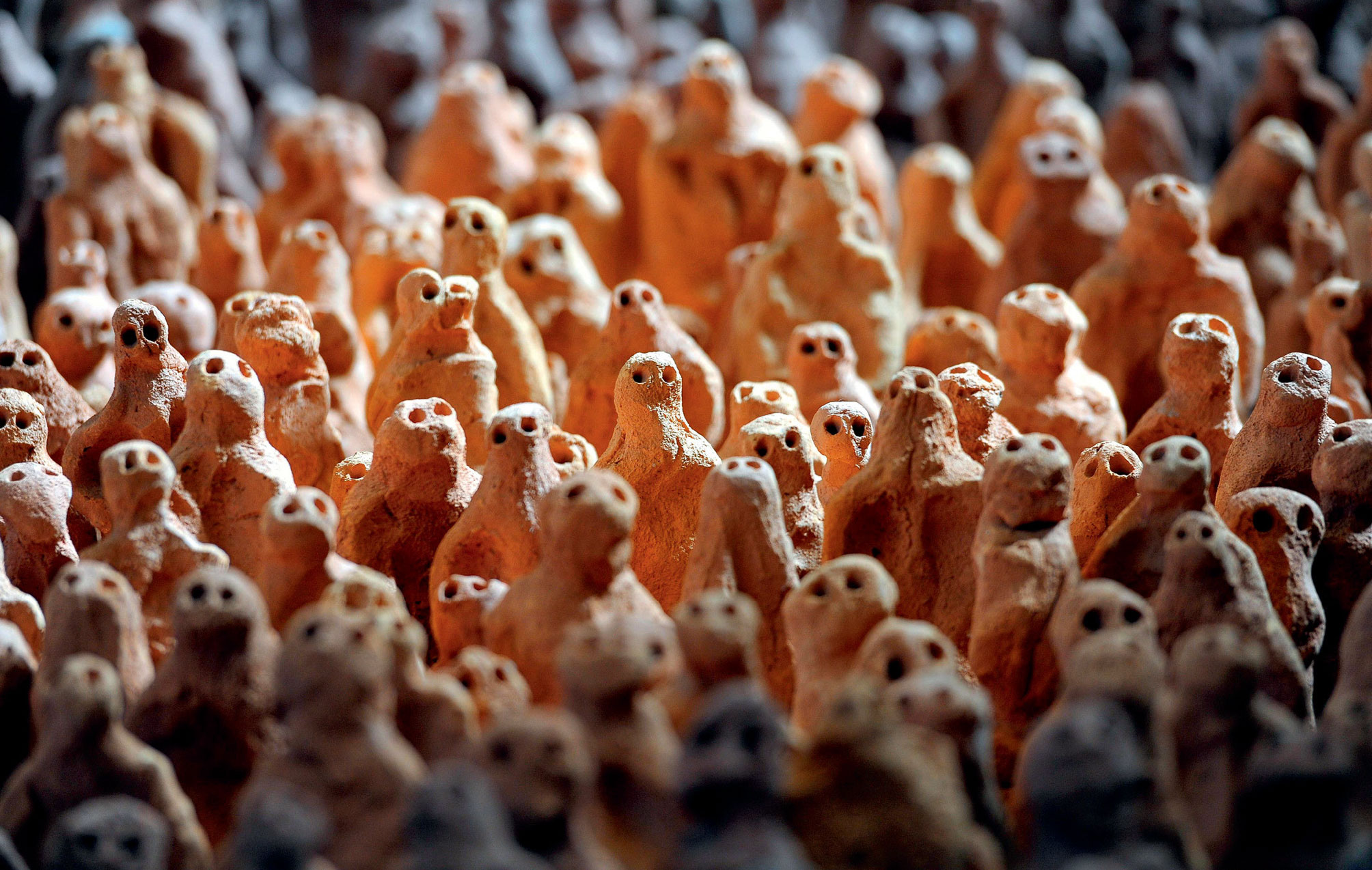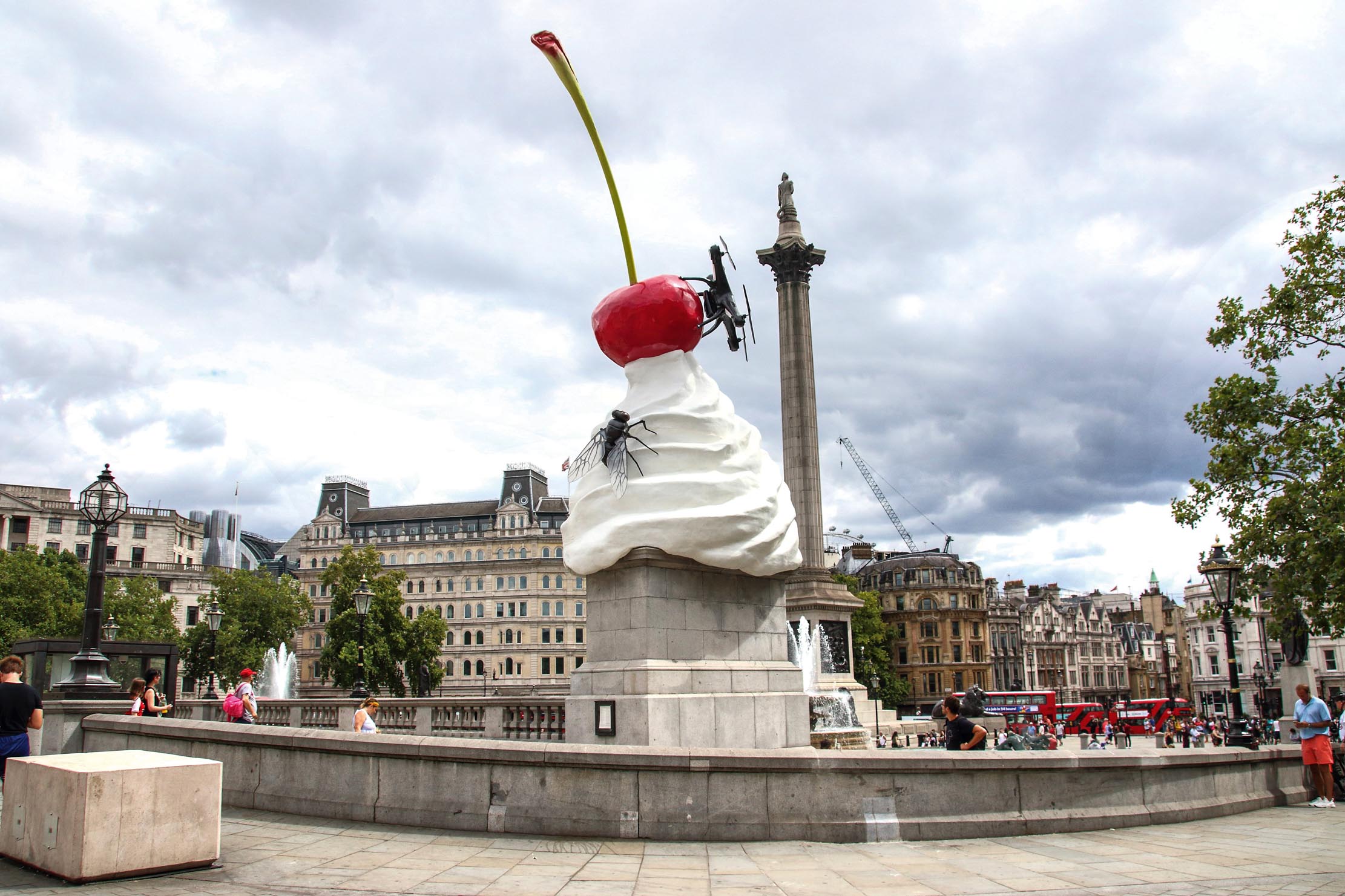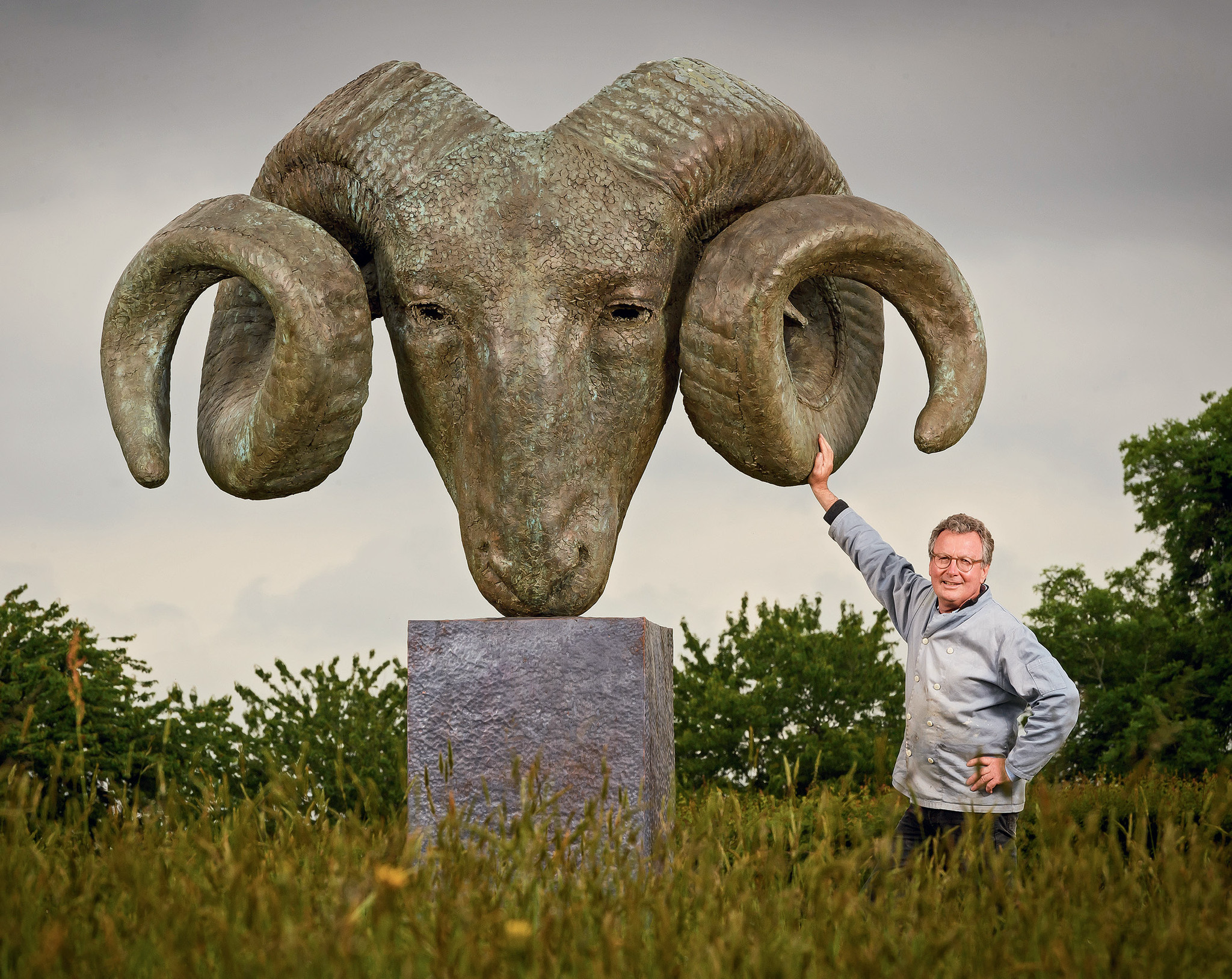My Favourite Painting: Clare Moriarty
Clare Moriarty of Citizens Advice pushes the boundaries of our feature by choosing not a painting, but a sculpture. Or rather, a series of thousands of sculptures: Anthony Gormley's 'Field for the British Isles'.


Clare Moriarty on Field for the British Isles by Antony Gormley
‘I was captivated by this work when I encountered it in Dublin in 1994 — its second-ever installation — and made a point of revisiting it in London nearly 10 years later. I love its scale and variation, the way it fills space and how it speaks of connection, people and place. It’s rooted in the Merseyside community that produced the figures, but is not constrained by those roots.
‘Each installation is the same Field and also different — unique to its location, connected to the first Field and to Antony Gormley’s other Fields, created across the world from Sweden to Brazil to China’
Clare Moriarty is the chief executive of Citizens Advice and a former British civil servant.
Charlotte Mullins comments on Field for the British Isles
Stretching across the floor as far as the eye can see are tiny clay figures. They stand no taller than a ruler, their knobbly bodies topped by simplified heads, two close-set eyes peering up at you. Each of the 40,000 figures looks your way, expectant, questioning, crowding together to form a single work of art: Antony Gormley’s Field for the British Isles.
Since 1993, Field has been exhibited across the British Isles, from Colchester and Salisbury to Gateshead and Dublin. Each installation alters the arrangement of figures, but they always fill the entire gallery space, the viewer pushed out and only able to marvel at them from the sidelines. Made from the earth’s clay, these figures connect to our ancestors and those yet to be born and ask us to take collective responsibility for the world we live in.

In Focus: The art that has broken out of London's galleries and made it onto the street
Art is breaking free from the traditional gallery and its emergence on our streets and in our parks is changing

The wonder of walking in Edinburgh: 'What an extraordinary city this is!'
Fiona Reynolds takes a long walk across the Scottish capital and sees it in a new light.

The extraordinary new wave of garden sculpture — and how to commission one of your own
A talking point that can inspire passions and transform a landscape, large-scale sculpture is increasingly valued by modern collectors. Anna
Exquisite houses, the beauty of Nature, and how to get the most from your life, straight to your inbox.

Charlotte Mullins is an art critic, writer and broadcaster. Her latest book, The Art Isles: A 15,000 year story of art in the British Isles, will be published by Yale University Press in October 2025.